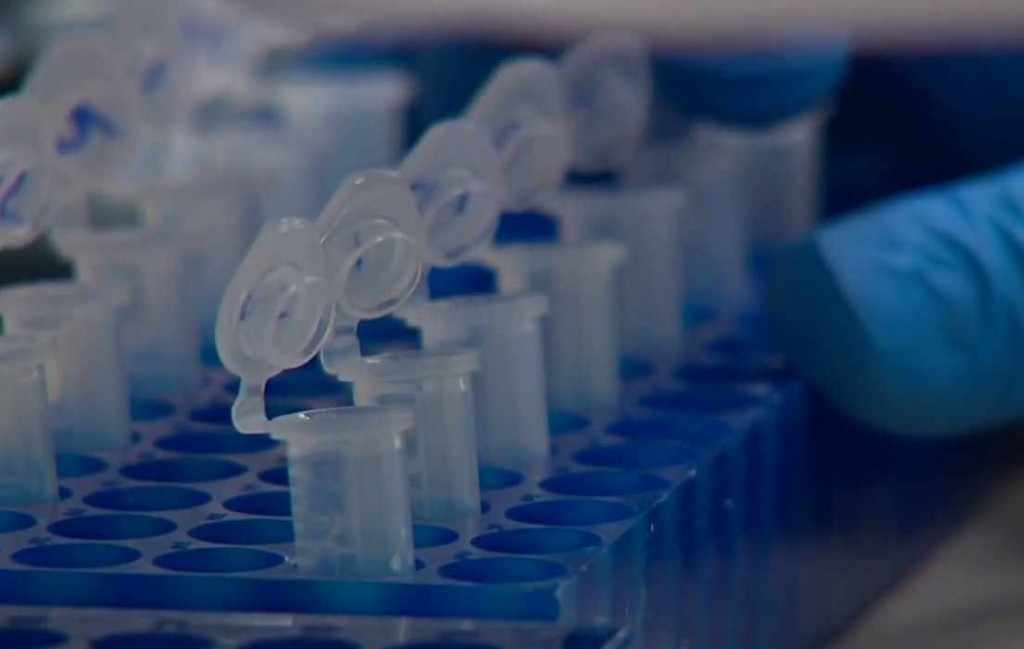-
Mayo Clinic Expert Explains 10 Things You Should Know about Antibiotic Resistance
 ROCHESTER, Minn. — Concern about a superbug gene with resistance to an antibiotic of last resort surfaced this summer among some health and infectious disease experts.
ROCHESTER, Minn. — Concern about a superbug gene with resistance to an antibiotic of last resort surfaced this summer among some health and infectious disease experts.
A recent study in Antimicrobial Agents and Chemotherapy, a journal of the American Society for Microbiology, found bacteria resistant to colistin in a second patient in the U.S.
Though rare, resistance to colistin may leave health providers with few options for fighting bacterial infections in affected patients.
What should you know?
Audrey Schuetz, M.D., a clinical microbiologist in the Mayo Clinic Department of Laboratory Medicine and Pathology shares her insights in this Q&A:
- Researchers have found bacteria in a second patient that has the gene mcr-1. It’s being called a “superbug gene” that leads to resistance to colistin, which is one of the antibiotics of last resort. Can you explain what this means to the medical community and to patients?
Bacteria can be labeled as “superbugs” for a variety of reasons, one of which is loss of antibiotic options to treat infections resulting from these bugs. As bacteria become resistant to more antibiotics, the options for treatment become slimmer. Colistin has been named an antibiotic of last resort, because it is one of the antibiotics to which bacteria generally develop resistance last. Physicians will turn to colistin if bacteria are resistant to other antibiotics and cannot be used for treatment. Loss of colistin as a treatment option is concerning, because there may be few treatment options remaining for patients once colistin is resistant. - What types of health problems does this cause for a patient who has an infection due to a superbug carrying this gene?
The types of health problems depend upon many factors, including the site of infection (e.g.., whether infection is limited to a lesion in the skin or whether there is a bloodstream infection), the ability of the patient’s immune system to fight infection and the type of bacterium carrying this gene. - Any idea what is causing antibiotic resistance to colistin? Is it overexposure to antimicrobial soaps or wipes or antibiotics in general?
Bacterial resistance is a natural process, but this extreme example of resistance has been aided by lack of awareness to the overuse of antimicrobials in general. - How soon is it possible to detect the gene when someone has an infection due to bacteria carrying this gene? Should people be tested routinely for this?
The test for resistance to colistin, which is available at Mayo Clinic, is similar to the method by which other antibiotics are tested. Testing for resistance can be performed when bacteria grow from a specimen or sample taken from a patient. The genetic test for the presence of the gene mcr-1 can also be performed, but the time it takes to receive results depends upon how often the test is performed. Laboratories will not perform this test routinely but will likely assess bacteria for colistin resistance when bacteria are resistant to commonly used antimicrobials. - How big of a concern is it that bacteria carrying this gene will become more common in patients?
The gene is present in a mobile genetic element called a plasmid, which can be transported between bacteria. Experiments have shown that bacteria that were previously susceptible to colistin can be rendered resistant when the gene is transferred from a resistant strain carrying mcr-1. Therefore, there is concern that bacteria with this gene will be more commonly encountered. - What kind of testing and expertise do you have at Mayo Clinic to deal with bacteria that have the gene mcr-1, which is associated with resistance to colistin?
At Mayo Clinic, we test bacteria to determine whether they are resistant to colistin. We are developing an assay to assess the presence of the mcr-1 gene. We also test for a variety of other “superbug” resistant genes, such as blaKPC and blaNDM. - Is Mayo Clinic conducting research to develop new antibiotics that would treat infections due to bacteria carrying this gene?
Drug companies are researching possibilities of new antimicrobials that potentially can treat infections due to bacteria carrying this gene. - Are there any alternative treatments for infections due to the bacteria that carry the gene mcr-1?
Alternative treatments for infections due to colistin-resistant bacteria are being assessed, including new antibiotics and combinations of older antibiotics. - Is there any type of individualized medicine approach to treatment?
We do individualize treatment around such infections, because we take the patients’ specific bacteria and test a panel of antibiotics against each and every one of their clinically significant bacteria. This helps us develop an individualized treatment plan. - Is there anything people can do to protect themselves against antibiotic resistance?
Physicians often will advise their patients to avoid unnecessary use of antibiotics, and people can protect themselves by following this advice and using antimicrobials only as directed by their health care provider.
About the Mayo Clinic Department of Laboratory Medicine and Pathology
The Mayo Clinic Department of Laboratory Medicine and Pathology and its reference laboratory, Mayo Medical Laboratories, provide advanced laboratory testing and pathology services to support 5,000 health care organizations around the world.
###
About Mayo Clinic
Mayo Clinic is a nonprofit organization committed to clinical practice, education and research, providing expert, whole-person care to everyone who needs healing. For more information, visit http://www.mayoclinic.org/about-mayo-clinic or https://newsnetwork.mayoclinic.org/.
MEDIA CONTACT: Susan Buckles, Mayo Clinic Public Affairs, 507-284-5005, newsbureau@mayo.edu







